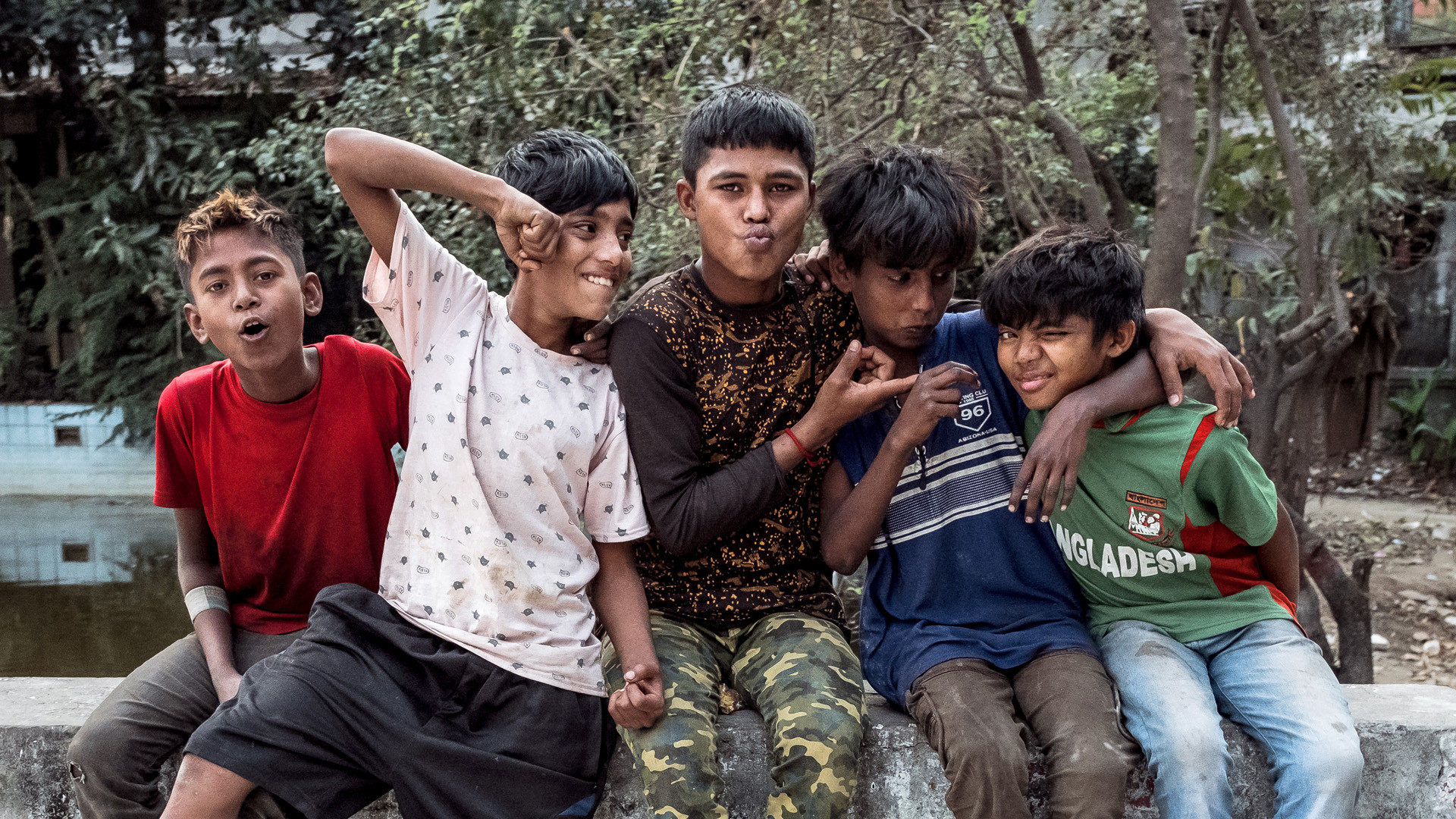Community-Based Education Initiatives
1. Background
Traditional classroom-based education often fails to serve the needs of rural and marginalized populations effectively. This is primarily due to:
- Cultural Misalignment: Standardized curricula rarely reflect local values, beliefs, or daily life, making learning feel disconnected from reality.
- Linguistic Barriers: Instruction is often delivered in formal Bangla or English, which may not be the first language for many ethnic minorities or rural communities who speak local dialects.
- Logistical Challenges: Schools may be located far from homes, lack proper infrastructure, or require children to travel through difficult terrain, which deters regular attendance.
- Limited Inclusivity: The conventional system does not adequately address the educational needs of adult learners, women, or those with interrupted education.
As a result, large segments of the population remain outside the education system, lacking basic literacy and job-ready skills, which contributes to cycles of poverty and social exclusion.
2. Rationale
Community-based education (CBE) focuses on empowering local people to shape and lead educational initiatives that are relevant to their specific socio-economic and cultural realities. The core rationale includes:
- Relevance: Education that aligns with local life and livelihood is more effective in driving engagement and retention.
- Trust: Community ownership fosters trust in the learning process, particularly in areas where institutional systems are viewed with skepticism.
- Sustainability: When communities are involved in curriculum design, resource allocation, and instruction, the model becomes less dependent on external actors and more likely to endure.
- Empowerment: Inclusive, community-led learning builds local capacity, strengthens leadership, and enables marginalized groups to participate in decision-making.
3. Implementation Strategy
A. Local Curriculum Development
Objective: Make learning meaningful by anchoring it in the economic, social, and cultural contexts of the learners.
- Content Design:
- Tailor learning materials around local livelihood practices such as agriculture, fishing, weaving, small-scale business, animal husbandry, etc.
- Integrate practical subjects such as financial literacy, health and hygiene, climate-smart practices, and nutrition.
- Include culturally relevant storytelling, proverbs, and songs to make content engaging and relatable.
- Delivery Approach:
- Use participatory learning methods like group discussions, storytelling, role play, and project-based activities.
- Translate materials into local dialects or develop bilingual modules where needed.
B. Adult Literacy & Vocational Training
Objective: Address the educational needs of adults and out-of-school youth by offering accessible, skill-based programs.
- Program Design:
- Offer evening and weekend classes to accommodate work schedules.
- Focus on functional literacy—reading, writing, and basic math applied to daily tasks (e.g., reading medicine labels, budgeting, using mobile phones).
- Provide vocational training in areas aligned with local market demands: tailoring, organic farming, food processing, handicrafts, small engine repair, etc.
- Outcomes Linked to Employment:
- Integrate job placement assistance or microenterprise support for those who complete training.
- Foster local cooperatives or savings groups among learners for collaborative economic initiatives.
C. Training and Certifying Local Educators
Objective: Build a sustainable teaching workforce within the community.
- Recruitment and Training:
- Identify community members (including retired teachers, educated youth, or women leaders) who show motivation to serve as educators.
- Provide short-term training and certification programs in adult education techniques, inclusive pedagogy, and participatory teaching methods.
- Support Mechanisms:
- Offer modest stipends or in-kind incentives (e.g., food, recognition) to retain volunteers.
- Establish peer support networks and refresher training to ensure continued quality and motivation.
D. (Optional) Establish Community Learning Centers
Objective: Create inclusive, multi-use spaces for lifelong learning.
- Use of Space:
- Transform existing infrastructure like village halls or unused buildings into simple learning hubs.
- Equip them with books, charts, mobile learning devices, or solar-powered projectors.
- Functions:
- Literacy classes, vocational workshops, youth clubs, peer tutoring, women’s learning circles, and mobile library stops.
4. Expected Outcomes
1. Higher Literacy and Numeracy Among Adults
- Adults will gain the ability to read, write, and manage basic arithmetic, which improves daily life and decision-making.
2. New Income Opportunities
- Through skill-based training, learners can start small businesses, improve job prospects, or enhance productivity in traditional occupations.
3. Enhanced Community Engagement in Education
- Local ownership increases respect for education, fosters collaboration, and encourages community members to support and protect learning initiatives.
4. Women and Marginalized Group Empowerment
- By participating in education and economic activities, women and excluded groups can gain confidence, social mobility, and leadership roles.
5. Sustainable, Scalable Model
- The community-based approach can be adapted and expanded to other regions with minimal dependence on external funding if properly incubated.




